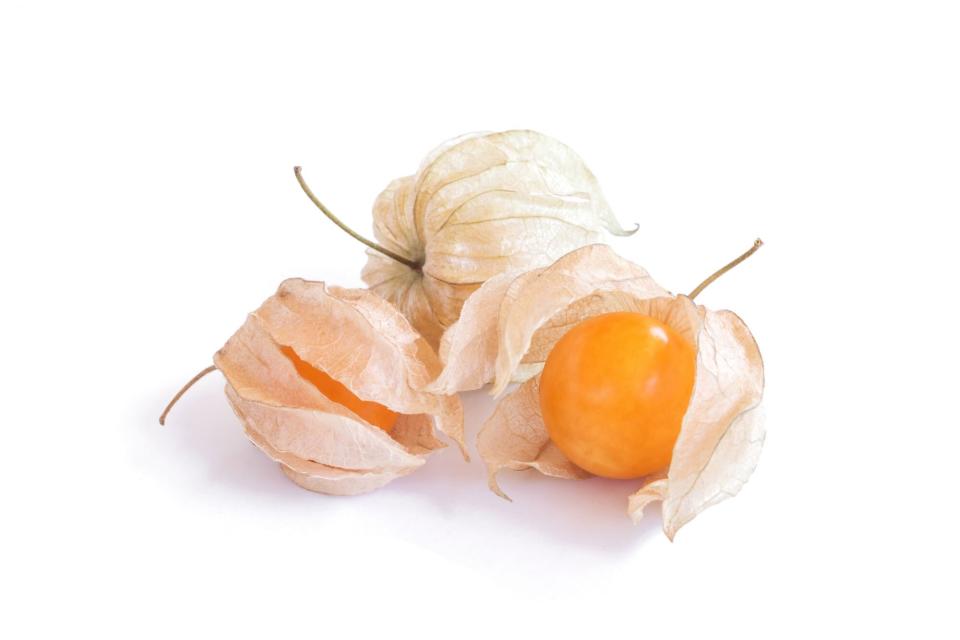Why You Should Grow Ground Cherries This Summer
If you're looking for the perfect new addition to your summer vegetable garden, we have a suggestion: ground cherries. Regulars at the farmers' market may have noticed a local farm selling a basket of the tiny husk-covered gems that look like doll-sized tomatillos, but with a flavor that can range from citrus- to pineapple-like, depending on the variety.
Ground cherries (Physalis pruinosa) and their kissing cousin, Physalis peruviana, have many names, including Cape gooseberry, goldenberry, Inca berry, Peruvian groundcherry, and husk cherry (they are called Poha in Hawaii and jam fruit in India). Whatever name you call them by, ground cherries have small, yellow-orange berries encased in a papery husk, called a calyx (new Scrabble word!) that is discarded before eating. Despite their name, ground cherries aren't related to cherries at all, but are a relative of tomatoes and are packed with nutrients. According to Healthline, they have vitamin C, thiamin, niacin, vitamin A, beta-carotene, and even iron and fiber. Perhaps more importantly, they have a sweet-tart flavor that makes them fun to eat on their own. They can also be turned into salsas or jams or used as a surprising addition to salads—whether fruit or green.

Getty/Rakop Tanyakam / EyeEm
They are easy to grow in the garden and require minimal pest control and rarely get diseases. Best of all, ground cherries are perfect for growing in the South thanks to the warm weather, according to the folks at South Carolina's Tyrant Farms, who have some instructions for growing your own. Start planting and add these delicious little plants to your summer garden.

